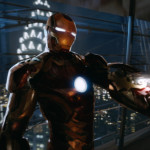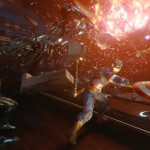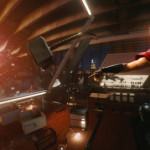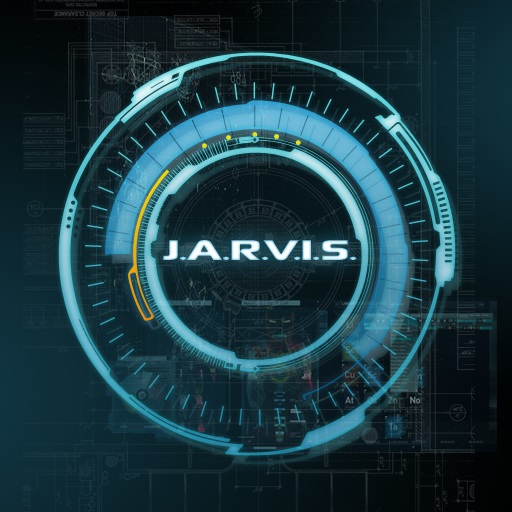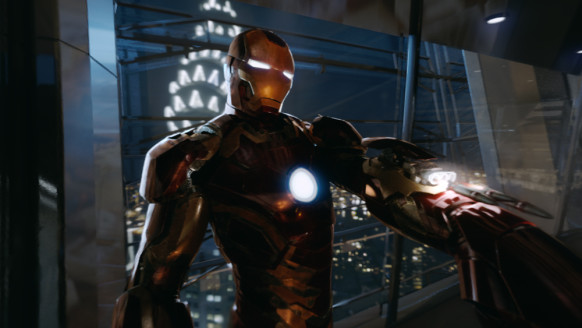 “In the world of traditional film, suspension of disbelief often is required to make everything work. For a movie like The Avengers: Age of Ultron, it’s all the more essential: People generally don’t morph into huge green beasts, have indestructible suits they fly around in, or use a magic flying hammer as a transportation device.
“In the world of traditional film, suspension of disbelief often is required to make everything work. For a movie like The Avengers: Age of Ultron, it’s all the more essential: People generally don’t morph into huge green beasts, have indestructible suits they fly around in, or use a magic flying hammer as a transportation device.
The world of VR is not governed by the same rules as film. With a well-done VR piece, you sometimes must convince your brain you’re not actually experiencing the things you’re seeing. This is true even when you’re fighting alongside a giant green man, a performance-enhanced patriot, and a dimension-hopping god.
That’s the situation you find yourself floating through in Battle of Avengers Tower, a VR experience as mesmerizing and eminently rewatchable as it is short. The piece just launched on the Oculus Store for Samsung Gear VR-compatible devices, which are the Galaxy Note 4 and soon the S6 and S6 Edge (there’s also a 360-degree YouTube version available here). Like so many other compelling VR experiences, it’s only two minutes long, but several clever details take it to another level.
Before the battle begins, you’re chillin’ as Iron Man in a window-walled Stark Tower office. It’s night, and the Manhattan skyline twinkles around you. Look, it’s the Chrysler Building. Hey, it’s the Empire State Building. But if you look in just the right spot, you’ll see your reflection glancing off the window. Move your head, and the reflection of your helmet moves accordingly—an ingenious trick that really pulls you in.
The whole “you’re Iron Man” gambit is all the more visceral because, just like Tony in his suit, you’ve got a VR facemask strapped to your head. If TV and movies have a fourth wall, the weight of that mask busts through VR’s fifth wall like it’s Kool-Aid Man. And because you’re Iron Man, you’ve got a heads-up display that lets you highlight and select many of the things around you. The more you do this, the more Easter eggs you’ll find (no spoilers). All this, and the real action hasn’t even started yet.
Looking at your reflection and selecting “Start” launches the battle sequence, which utilizes bullet-time effects much the way Epic’s Showdown demo does on Oculus’ Crescent Bay prototype. The results are jaw-dropping: You float in slo-mo through a battle scene as weapons fly and chaos reigns around you. Thor’s hammer and Captain America’s shield actually act as tour guides, as following their flight paths through the air help lead you to interesting portions of the scene. But if you look elsewhere, you’ll see other cool little surprises.
The VR experience was a joint venture between Marvel, Samsung, advertising agency 72andSunny, and Oscar-winning visual-effects studio Framestore. Despite the complexity of the scene, the project was completed in just eight weeks. The entire Avengers campaign, which included other live-action short films, was conceived and developed by 72andSunny. The agency brought in Framestore as a creative partner to work exclusively on the VR experience.
The VR piece uses fully computer-generated characters and environment, but unlike VR games, the rendering is done before it gets to your phone. That adds key benefits, including sharper images. “It gives us higher-fidelity assets, because you’re able to render them over a period of time as opposed to real-time rendering with a game engine,” says Christine Cattano, executive producer of Framestore VR Studio. But that doesn’t mean it wasn’t a processor-intensive project: “It took three days to render the environment on the same rendering farm we used for Gravity.”
Amassing the firepower to render the project was far from the only challenge. To create a compelling VR sequence around a bunch of action heroes like the Avengers, there needs to be action—but since simulator sickness is a major concern, something as simple as movement can be problematic.
Cattano and Framestore VR Studio coordinator Kent Rausch say Framestore’s experience working with VR helped them steer clear of sickness-inducing movements; it’s hard to produce the Ascend the Wall experience that riffed on Game of Thrones and Marriott’s teleporter without learning a few tricks along the way. Sometimes a clear path helps: With the GoT project, the team had to insert virtual walls into part of the experience because “the brain didn’t know where you were going to go next,” according to Cattano. And that made people nauseous.
“We are pretty much always thinking about motion sickness,” says Cattano. “Doing slow-motion gives people the opportunity to take in the environment before any motion happens.”
Rather than add to the chaos, those flying weapons in the scene also were designed to keep the viewer grounded, so to speak. “It’s also helpful in this one that you have an anchor—something that you can follow,” says Rausch. “You feel connected, and you can predict the movement rather than just being in an open space.”
Of course, this Avengers VR experience is meant as a promotional item for Age of Ultron—an appetizer to the multiplex main course. And there are other promotional bits in the campaign, including a series of short films created by 72andSunny that shows athletes such as Lionel Messi and Eddie Lacy training to become Avengers.
But are we far from the day when the two roles flip? When traditional motion pictures seem stale and outdated while longer-form, 360-degree VR features become the main event? Beyond the public vs. private aspects of the filmgoing and VR experiences, Cattano points out major differences between the two forms of media.
“It’s really just you in a place,” she says. “It’s not like watching a film. You’re the camera… Its own method of storytelling will evolve. We’re in the Georges Méliès days of VR. But that’s equating it to a medium that you know already, and it’s a completely different medium. It has similarities (to film) in terms of the ways it’s made, but it will evolve to a point where people are thinking about it in a completely different way.””
Source: Wired

